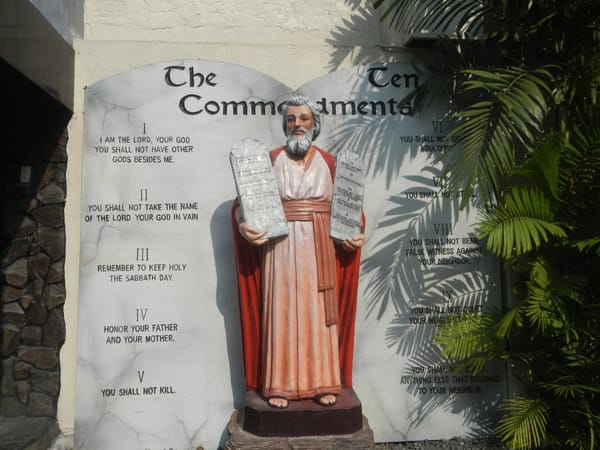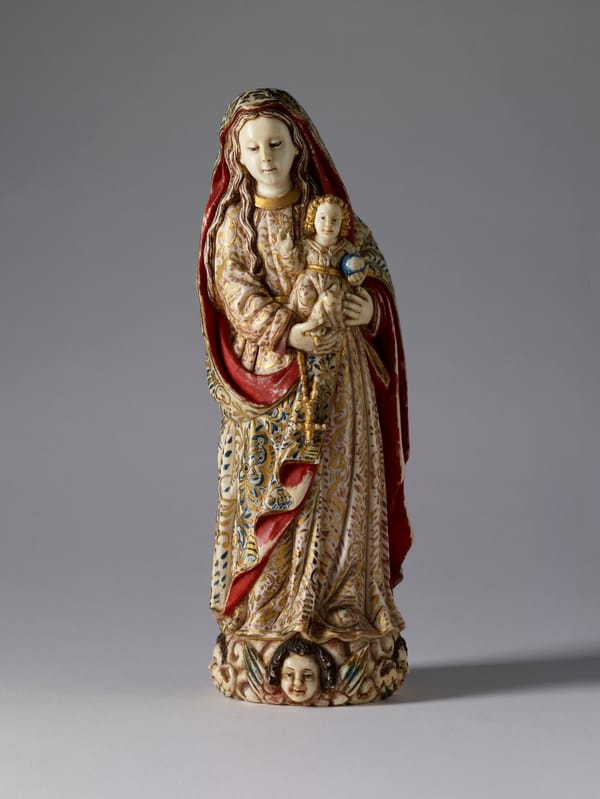About the Image:
The tomb effigy of King Dagobert is located in the Basilica of Saint-Denis in the northern suburbs of Paris, France. The Basilica of Saint-Denis is renowned for its Gothic architecture and holds the distinction of being the burial site for numerous French monarchs. The effigies, tombs, and crypts present in the basilica provide a historical panorama of the artistic evolution in commemorating French royalty over the centuries. King Dagobert, who was one of the early Merovingian kings, holds a special place in the basilica's history as he was a significant benefactor to the church during his reign.
The sepulchral effigy presented here is a compelling representation of King Dagobert, a monarch from the early medieval period. The sculpture, dating back to the 13th century, showcases the king in repose, a common depiction for royal tombs of this era.
The meticulous details in the sculpture, such as the intricate patterns on his attire and the delicate carvings on the tomb's edge, are testament to the artistic prowess and craftsmanship of medieval sculptors. His calm, serene facial expression conveys a sense of peace, perhaps symbolic of eternal rest. The crowning and scepter signify his royal status, while the drapery of his attire, flowing and elaborate, reflects the opulence of his reign.
Historically, King Dagobert's tomb would not only serve as a resting place but also as a monumental testament to his legacy, ensuring his remembrance through the annals of time. The artwork captures the reverence and admiration that the people of the era held for their rulers, interwoven with spiritual undertones prevalent in the Christian beliefs of medieval Europe. It's a beautiful intersection of art, history, and faith.
Image By Cgoodwin - Own work, CC BY 3.0, https://commons.wikimedia.org/w/index.php?curid=3718502








